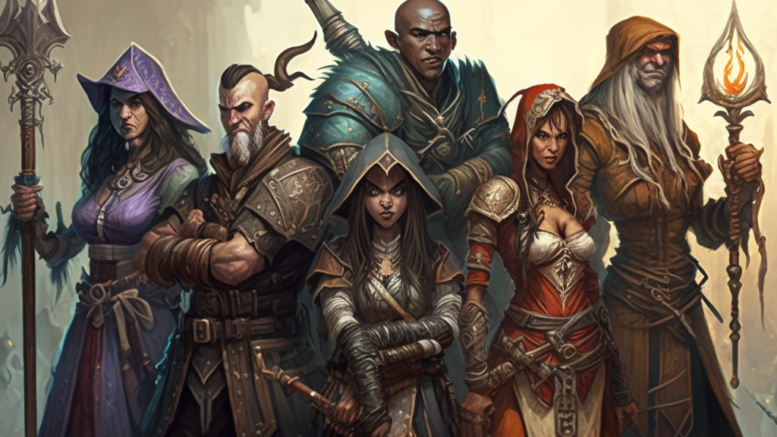Playing a sorcerer in both D&D 5e and Pathfinder 2e can offer a unique and powerful experience for players, but it also comes with its own set of pros and cons.
One of the main pros of playing a sorcerer in D&D 5e is the flexibility of spellcasting. Sorcerers in 5e have a smaller spell list than other spellcasting classes, but they can change out their known spells each day, allowing for a wide range of options in any given situation. Additionally, 5e sorcerers have access to a limited number of higher-level spell slots, which can be used to cast lower-level spells at increased power. This allows for a dynamic playstyle where the sorcerer can adapt to the situation at hand. An example of this would be a sorcerer using a lower-level spell with a higher-level slot to take down a powerful enemy.
Another pro of playing a sorcerer in 5e is the ability to choose between different Sorcerous Origins, each of which grants unique abilities and benefits. For example, the Draconic Bloodline origin grants a sorcerer resistance to a specific type of damage and the ability to breathe fire. This allows for a level of customization and personalization of the character, making the sorcerer feel unique and special.
On the other hand, one of the cons of playing a sorcerer in 5e is the lack of spellcasting versatility compared to other classes. Sorcerers are limited to a small number of spells known and do not have access to the same level of spellcasting options as, for example, a wizard. This can make the sorcerer feel less powerful in certain situations where a spell they don’t know would have been useful.
In contrast, in Pathfinder 2e sorcerer has a larger spell list, allowing them to have more options for spellcasting. Additionally, sorcerers in Pathfinder 2e can choose to learn their spells from a variety of spell lists, giving them a greater level of flexibility in their spellcasting. This allows for a greater level of versatility in spellcasting, making the sorcerer more powerful in a wider range of situations.
Another pro of playing a sorcerer in Pathfinder 2e is the ability to choose from a variety of bloodlines, each of which grants unique abilities and benefits. For example, the Draconic bloodline grants a sorcerer resistance to a specific type of damage and the ability to breathe fire. This allows for a level of customization and personalization of the character, similar to the Sorcerous Origins in D&D 5e.
One of the cons of playing a sorcerer in Pathfinder 2e is that they are less durable than other classes, as they rely on their spellcasting abilities for defense rather than physical attributes. This makes the sorcerer vulnerable in situations where they are unable to cast spells, such as being silenced or restrained.
In terms of game nuance, D&D 5e places a greater emphasis on character customization and personal choice, with a wide variety of races, backgrounds, and subclasses available for players to choose from. In contrast, Pathfinder 2e has a more traditional fantasy setting with a greater emphasis on the game’s internal mechanics and rules. This can make D&D 5e feel more open-ended and personalized, while Pathfinder 2e feels more structured and traditional.
In summary, playing a sorcerer in D&D 5e and Pathfinder 2e can offer a unique and powerful experience for players, but it also comes with its own set of pros and cons. D&D 5e sorcerer has more flexibility in spellcasting and the ability to choose from different Sorcerous Origins, but it lacks in spellcasting versatility. In contrast, the sorcerer in Pathfinder 2e has more options for spellcasting, greater flexibility in spellcasting and the ability to choose from a variety of bloodlines, but they are less durable and may be more vulnerable in certain situations. Both games offer unique nuances for the sorcerer class, with D&D 5e emphasizing character customization and personal choice, while Pathfinder 2e offers a more traditional fantasy setting with a greater emphasis on game mechanics and rules. Ultimately, the choice between playing a sorcerer in D&D 5e or Pathfinder 2e comes down to personal preference and the type of experience the player is looking for.
I would love to hear your thoughts about the Sorcerer class, please post them in the comment section!

Be the first to comment on "The Sorcerer’s Journey: A Study of the Sorcerer Class in D&D 5e and Pathfinder 2e"